|
Want to see what the inside of the Leaning Tower of Pisa looks like?
Now you can... take this 360 degree interactive tour! Click on the photo above to view the video, then navigate with your mouse. Click the photo BELOW to see a 360 degree video of the Piazza dei Miracola!
Siena Cathedral (Duomo di Siena) is a medieval church in Siena, Italy, dedicated from its earliest days as a Roman Catholic Marian church, and now dedicated to the Assumption of Mary. Previously the episcopal seat of the Diocese of Siena, from the 15th century the Archdiocese of Siena, it is now that of the Archdiocese of Siena-Colle di Val d'Elsa-Montalcino.
The cathedral itself was originally designed and completed between 1215 and 1263 on the site of an earlier structure. It has the form of a Latin cross with a slightly projecting transept, a dome and a bell tower. The dome rises from a hexagonal base with supporting columns. The lantern atop the dome was added by Gian Lorenzo Bernini. The nave is separated from the two aisles by semicircular arches. The exterior and interior are constructed of white and greenish-black marble in alternating stripes, with addition of red marble on the façade. Black and white are the symbolic colors of Siena, representing the black and white horses of the legendary city's founders, Senius and Aschius. Cyclists already know Lake Garda as a premier cycling destination, but the design and installation of a cycle path that hangs from the craggy cliffs surrounding the lake is going to be a real game changer. At a projected cost of over $130 million, Garda in Bici (Garda by Bike) is being constructed nearly 200 feet above the lake to complete an 86 mile route that circumnavigates the lake. The first three-mile section is set to open this summer, and the entire course should be completed by 2021 which will connect three Italian regions: Lombardy, Veneto and Trento. The area surrounding Lake Garda is already popular with cyclists who ride off-road trails in the Dolomites and with the grueling TransAlp Bike Race. 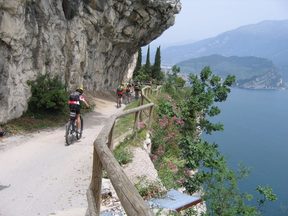 The sleek steel and wooden route features elegant iron fences built as futuristic balconies with views of mountain peaks, boats sailing by and the picturesque villages that dot Lake Garda's shores. The engineering to complete the installation itself is daunting, at times using using helicopters, mountaineering experts and specialist riggers drilling into solid stone. Thick steel poles drilled into the cliffs support the board treadway, seemingly defying gravity. The addition of this amazing structure to the many biking paths that already exist around Lake Garda makes this a must-cycle destination. Update, 6/20/19: As the video below shows, the "bike" path is also frequented by pedestrians and is becoming a bit over-crowded, as most popular sites in Italy... For more information about cycling in Lake Garda, Click Here. --GVI 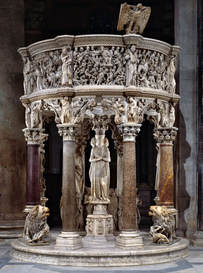 Pulpit by Pisano Pulpit by Pisano The Duomo The Leaning Tower of Pisa sits in the sprawling Piazza dei Miracoli, but there are also other amazing buildings to visit and admire. Construction on the Pisa Duomo (the Santa Maria Assunta cathedral) began in 1063 by the architect Buscheto, paid for with the spoils received fighting against the Muslims in Sicily. The structure is a mix of architectural styles, reflecting the influences of the varied merchants of the day: classical, Lombard-Emilian, Byzantine, and Islamic. The church was erected outside Pisa's defensive walls to show it's lack of fear from outside forces. The cathedral was consecrated in 1118 by Pope Gelasius II, a member of the powerful Caetani family with links to both Pisa and Rome. The Duomo is well worth a visit and contains noteworthy treasures, including the marble pulpit and bronze doors, both designed by Pisano. 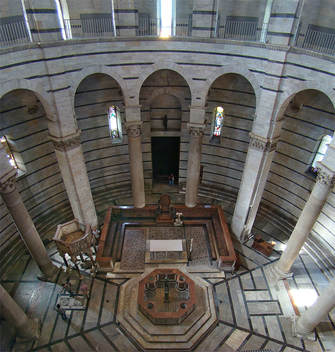 The Baptistry The construction of the Baptistery of St. John (Battistero di San Giovanni) began in 1152 to replace an older baptistery, and was completed in 1363. The baptistry was designed by Diotisalvi, whose signature is found on two pillars inside the building, dated 1153. It is the largest baptistry in Italy, constructed with marble: 55 meters high with a diameter of 34 meters. It's architectural style is a combination of Romanesque and Gothic--the lower section Romanesque, the upper section Gothic. The interior, although somewhat overwhelming, lacks decoration. The octagonal font in the center was created in 1246 by Guido Bigarelli da Como, the bronze sculpture of St. John the Baptist is by Italo Griselli, The pulpit is from 1255-1260 by Nicola Pisano, father of Giovanni Pisano, who produced the pulpit in the Duomo. A little known fact: like the famous Leaning Tower, the Baptistry is also leaning, albeit just a tad 0.6 degrees toward the cathedral. One of the more interesting aspects of the Baptistry is its acoustics, illustrated in the video below... 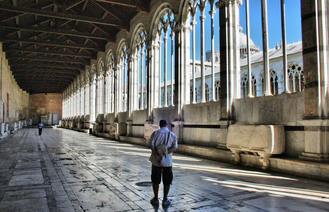 Campo Santo Built in the 13th century, the Campo Santo (Holy Field) Monumentale is a cemetery built in the form of a cloisters, sitting alongside both the Baptistry and the Duomo in the Piazza dei Miracoli. Admittedly, it is the lesser-known of Pisa's monuments. Legend claims it was built upon a shipload of sacred soil from Calvary where Jesus was crucified. It is said that bodies buried here will rot and ascend to Heaven in just 24 hours. The burial ground lies over the ruins of the original baptistery of the church of Santa Reparata, a church that stood where the Duomo stands today. 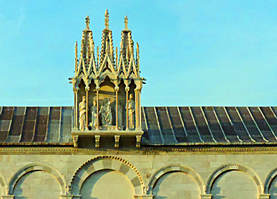 photo by Finzi photo by Finzi Over the centuries, the most illustrious citizens of Pisa have been buried in Roman sarcophagi and more modest graves. The walls were decorated with 14th and 15th century beautiful frescoes which were damaged during WWII air raids, and are still being restored today. Some of the best frescoes to see include the Triumph of Death, the Last Judgment, and Stories of the Anchorites. The cemetery itself is composed of three chapels: Chapel Ammannati is the oldest one; Chapel Aulla made by Giovanni della Robbia in 1518; and Chapel Dal Pozzo, which was commissioned by Carlo Antonio Dal Pozzo, the archbishop of Pisa, in 1594. 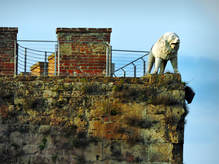 Lion's Gate Lion's Gate The Jewish Cemetery of Pisa Just to the left of the Porta Nuova entrance to Piazza dei Miracoli, and just beyond the ancient gates of Porta del Leone lies the Cimitero Ebraico, the historic Jewish Cemetery of Pisa, one of the oldest cemeteries in the world still in use. It is separated from Campo Santo itself by the medieval walls, framed by the Torre di Santa Maria, the Lion's Gate and Torre di Catallo. If it weren't for the walls separating the two cemeteries, visitors would instantly realize that fully two-thirds of the northern boundary of Piazza dei Miracoli is sacred burial grounds for two religions. In use since 1674, the current cemetery was preceded by at least three other Jewish cemeteries, all located outside the western walls of Pisa. The first official mention of the Jewish community in Pisa dates back to 859 AD, and thirteenth century engraved inscriptions can still be seen to the right of the Porta Nuova. Historians believe that the poorest people were buried at the foot of the walls with their names engraved on the wall, all at the same height. Tombstones in the cemetery are unusual in that they have Hebraic inscriptions on one side and Spanish or Portuguese inscriptions on the other. This is because they were descendants of families expelled from the Iberian Peninsula in the 15th century. They also are engraved with the date from the the Gregorian calendar and and the Hebraic date. Many tombs are broken or tilted, not unlike the Leaning Tower, because of the poor soil. In the older part of the cemetery, the stones are under tall trees, giving you the impression that you are well outside of the city limits and away from the tourist throngs. Another interesting aspect is the tombstones marking the graves of children who succumbed to the 17th century plague. You will also find the graves of Jewish soldiers who fell during the First World War, Jews who were victims of fascist violence, German killings and Nazi-Fascist persecutions. A plaque on the wall of the mortuary chapel in the center of the cemetery lists names of those who were deported and disappeared in the extermination camps are also remembered by a plaque on the wall of the mortuary chapel in the center of the cemetery. As many of you know, it is Jewish tradition to place small stones on the graves of the departed, and you will find many stones in this cemetery as well. Some say the reason is stones last forever, while flowers would fade away--the love for people who have passed on never fades. Others say the stones help hold part of their souls down to Earth, where we can still spend time with those who have left this world. As in the words to a popular song, the Kotel: “There are men with hearts of stone, and stones with the hearts of men.” If you visit, leave some stones for their souls and for your own. To visit, contact the Jewish Community of Pisa. Via Palestro, 24 - 56127 - Pisa - Tel and Fax: 050/542580 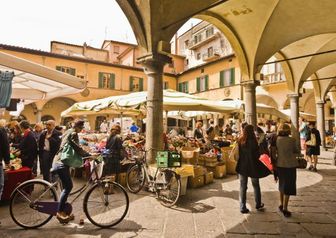 Piazza delle Vettovaglie In the historic center of Pisa, Piazza delle Vettovagia's name describes its function... vettovaglie means provisions in Italian. Literally, its name means Supply Square. Unlike other town markets in Italy, which have only one day in which a piazza turns into a market, this Piazza becomes a local market each and every morning. Keep in mind, this is a market for where locals shop. Well worth a visit if you want to experience the real Pisa. Residents can buy fruit, vegetables and other food products. You will feel like you've been transported back to the Renaissance, surrounded on all sides by porticoes, the piazza boasting cafes, wine shops, butchers, fish-sellers, bakeries and spice shops. The Piazza is a great place to buy your provisions for the day, or for snacking or dining in a taverna under the portico. It is a particularly lively spot in the evenings where locals congregate, and because it is off the tourist radar, prices are more affordable. 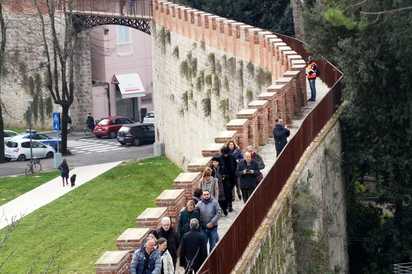 Torre di Santa Maria and the Medieval Walls of Pisa The Torre di Santa Maria is in the north-west side of the defensive city walls in the Piazza dei Miracoli and was constructed in 1155-1161. In 1499, during a siege by the Florentines, the tower was nearly destroyed and shortened to the level of the walls. It was reconstructed again in the 19th century. The walls themselves took nearly two centuries to complete, stretching nearly 4-1/2 miles with an average height of 36 feet, about 6 feet thick and are built using “Panchina” stone, a form of tufa stone. After years of restoration, visitors may now attend walking tours on the Pisa walls on selected days. The three-kilometer path affords views of towers and ramparts, where you’ll also walk over the city's four gates: Porta Nuova in Piazza dei Miracoli, Porta a Lucca, Porta San Zeno and Porta Calcesana. Generally speaking, the walls are open from April till September. At the time of this writing, the cost is 3 Euros. Parts of the walls are actually handicapped-accessible via elevators (for short sections of the ramparts). You should be able to by tickets at the same places you buy tickets for the Leaning Tower. The hours are usually from 11am-2pm and 3pm to 8pm. (Please check with the Pisa Tourism Bureau for current dates and times. This is Italy, after all). Click the map above to see it in high resolution.
No, the photo above was not take in Venice. It's Las Vegas--the Venetian Hotel and Casino. This photo has actually been mistakenly used to represent the real Venice in at least one well known article. It's all stage set, plastic, and chlorine treated pool blue water. “We are not going to build a ‘faux’ Venice,” said Sheldon Adelson, when he first announced plans for his Venetian resort and casino. “We’re going to build what is essentially the real Venice.” Really? 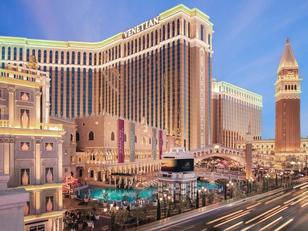 I mean, sure, the London Bridge has been in Lake Havasu City, Arizona since 1964... but it's the actual London Bridge, bought and paid for from England, stone by stone, rebuilt into a modern little town spanning a small man-made lake. But this "real Venice" in Vegas in the middle of Sin-City is all smoke and mirrors--plastic ones at that. Many who have been to the real Venice would tell Mr. Adelson, “You didn’t get the smell right”, (a compliment to Venezia). Venezia is real. It's history. It's gritty and more than just a little wet during the winter. You can get lost in its back streets in proximity and in time. Vegas is Vegas. It's for gamblers and posers or worse. It for shoppers looking for designer labels or tourist kitsch. It's a casino, a huge hotel and a shopping mall. It's for the lazy tourist. It's not for real Voyagers. In this Phony-Baloney Venice, a visitor can pull into the Doge’s Palace driveway and in one glance see St. Mark’s Square with its campanile, the twin columns topped by Saint Theodore and the winged lion of St. Marks, the Campanile, the Sansoviniana Library, the Ca’ d’Oro palace, and both the Bridge of Sighs and the Rialto. There are no driveways in the real Venezia. The Palazzo Ducale (the Doge's real name) has gondola slips just outside in the canal--no driveway. In the Vegas's Venetian Hotel, the gondoliers have to actually audition as singers and hired as entertainers. This is the primary concern when hiring a phoney-gondolier. In the real Venezia, gondoliers follow a 900 year tradition of fathers to sons (and recently, daughters), essentially being born into the profession. They have to take strict boating exams and are expert in both navigation and weather. Although some are know to have good singing voices, it's not a requirement to get a gondolier's license. In Vegas, their gondo-tainers wear walkie-talkies, boom microphones and perform on a schedule. In the real Venice, one has to wander, explore, take a gondola or water-taxi perhaps to other islands in the lagoon, or walk the back streets and canals to see all the mysteries and wonders the ancient city offers the real Voyager. That's what real Voyages are... a slow, purposeful exploration. Soaking in the light and smells and colors and tastes and sounds and textures of the environment. There's nothing phony about Italy or Venice. We suggest turning your back on places like these re-created phony vacation spots, including all things Disney, unless you have 4-7 year old kids. And even then, wouldn't you rather have your child experience walking in real dinosaur prints (yes, in Italy), seeing where real cavemen lived (Italy again), exploring real castles (everywhere in Italy), looking into the crater of a real volcano (Italy), seeing where real gladiators fought to their deaths (yep, Italy) and experiencing real snow-capped mountains (of course, in Italy)? And don't get us started on the authenticity of the food and the people... OK, and don't forget gelato for the kids. Come on... get real and get to the real Italy. --GVI 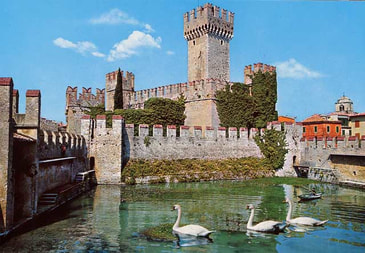 Castello Scaligero in the commune of Sirmione sits on a thin peninsula jutting out into the southern end of Lake Garda. Essentially, the ramparts of the castle function as a small fortified harbor for what was the Scaligera fleet. The castle has a de facto moat (the surrounding lake) and even a drawbridge through which visitors enter. There are 146 steps which take you up to ramparts of the walls which look down upon the little harbor. There is a small walkway around which bowmen would be stationed to ward off any intruders from the lake in addition to defensive towers. Castello Scaligero is perhaps the best preserved castle from medieval times in Italy, constructed in the middle of the 13th century on top of the remains of an ancient Roman fortress. Taking over a century to build, two courtyards and an other fortifications were also added. In 1405 the Republic of Venice took control and strengthened the castle even further. 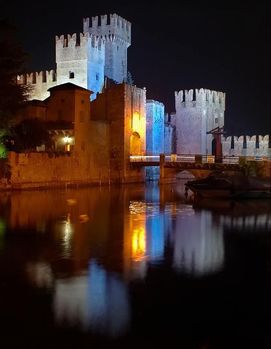 If you decide to visit, consider that in high season Lake Garda can get very busy. Still, there is so much to do in the surrounding area, even water parks and campgrounds if you're so inclined: Sirmione Historic Center - After visiting the Castello, take a stroll around the old town of Sirmione. There are shops, restaurants, gelaterias, pizzerias and beautiful architecture. Be sure to take in a passaggiata (stroll) at dusk to Piazza Callas and its pier that juts out into the lake. Archaeological site of Grotte di Catullo - Ruins of a sizable Roman villa on a peninsula with an olive grove & a nearby archeological museum. Can get crowded in high season but worth a visit. Camping Village San Francisco Mantua & Peschiera del Garda - Mantua is a wonder town surrounded by manmade lakes which create a huge moat. Peschiera del Garda is a "water" town--surrounded on all sides by the River Mincio which connects to the lake. Lake Garda Cruises GVI Travel Tip: Best visited in the off season.
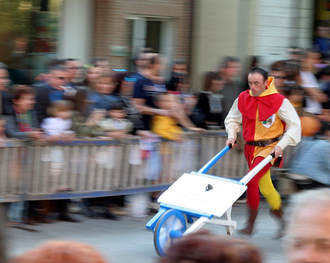
Palio della Rana
The Palio della Rana is a frog race--well, sort of. It's a wheelbarrow race with frogs. It usually takes place the weekend after Easter in the town of Fermignano, between Urbino and Urbania in central Italy's Marche region. Contestants, representing each of the seven contrade (neighborhoods) dress in historic costume and race with frogs atop small wheelbarrows, trying to reach the finish line before the frog hops off. Each frog is placed on a blue wooden carriola (wheelbarrow). The scarriolanti (wheelbarrow runners) race to the finish line while trying to keep the frogs on their wheelbarrows. If a frog jumps off, the competitor must stop, place the frog back on the wheelbarrow platform, and then keep going. There's also a procession in historical costume and food. 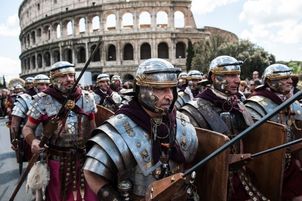
Rome's birthday The date of Rome's founding (in 753BC) is celebrated on April 21 so if you're in Rome, watch for festivals, concerts, and special events. There's usually a fireworks display over the Tiber River and gladiator shows around the forum area. Find out more in April Events in Rome. 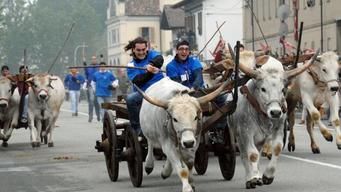
Palio dei Buoi
In the towns of Asigliano and Caresana on April 23 (the saint day of San Giorgio) the Palio dei Buoi (oxen race) takes place every year. Historically in this area, oxen were used in pairs to tow the plow and to carry out other heavy jobs in the countryside. Both the Caresana and Asigliano races have been held for over 700 years. San Giorgio is the patron saint of farm workers. Recently, the race has been delayed due to protests from animal rights activists. 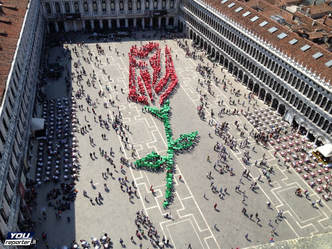
Festival of San Marco
The Festa di San Marco is a traditional celebration dedicated to Venice’s patron St Mark the Evangelist, believed to be the author of the Gospel of Mark. Several relics from the saint still remain in the city, who is also said to have founded the Church of Alexandria. Festa di San Marco is also known as the Rosebud Festival or Festa del bocolo (rosebud in Venetian dialect) where traditionally men gift the woman they love with a single red rose, to commemorate an old legend connected to the history of Venice. A highlight of the festival occurs in Saint Mark's Square on April 25 including a procession to the basilica. (See Liberation Day below) 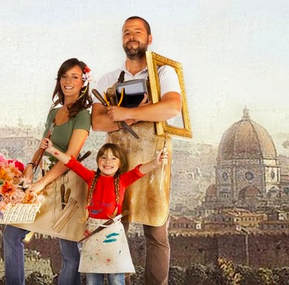
International Handicrafts Fair
Since 1931 in Florence, the Mostra Mercato Internazionale Dell'Arginianto, the world's premier market of artistic crafts, will be held from April 21 through May 1. Spread out over 55,ooo square meters in the Fortezza da Basso, over 800 exhibitors from all over Italy and from 50 countries will display and sell their beautiful Italian and international handcrafted items. All sorts of crafts are on display including lamps, pottery, rugs, fabrics, musical instruments, masks and statues. There will also be food to enjoy and taste, with many artisinal products, wines, gelato and more. 
The Race of the Ring
The Corsa all'Anello in Narni in Umbria is part of the celebrations held from April 24 through May 13 this year. During this medieval jousting competition, horsemen try to snare rings. There are also a historical procession and other events. 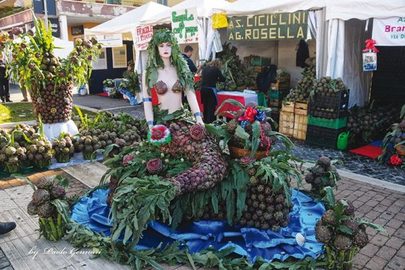
Artichoke Festival
The artichoke (did you know it is an aphrodisiac?) is the object of a three-day Festa di Carciofo (artichoke festival) held from April 12th through 14th in the coastal town of Ladispoli, just outside of Rome in Lazio. It's been a tradition now to honor the Roman Artichoke at this special festival. It forms the foundation of a wide selection of dishes created specially at this event. Visitors can sample the artichoke-related dishes on offer, which contain a delicious and unique combination of flavors. But the most interesting thing to see is artichoke sculpture competition. Entrants can create anything they wish, from boats to life-sized animals such as tortoises, horses and elephants! 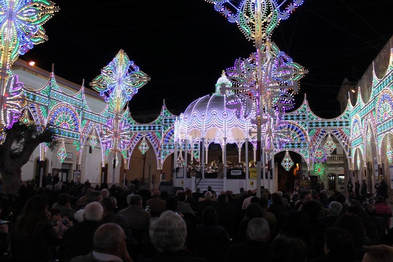
San Biagio Day
San Biagio is the Patron Saint of Avetrana in Southern Puglia. He was known in his time for being a doctor and saver of lives, and for being the Bishop of Sebaste between the third and fourth centuries. He was also known for his firm religious beliefs, and unfortunately, these were to ultimately cost him his own life. Having been imprisoned for his Christian beliefs, he was put on trial and – having refused to renounce his faith – was beheaded in 316. April 28th and 29th sees a two-day celebration of San Biagio with a combination of sombre procession and later upbeat fireworks, luminarie (display of lights) and music from bands as well as street fairs, food and drink.
Liberation Day (National Holiday)
This year marks the 70th anniversary of the day that Italy was released from the Nazis and the rule of Mussolini by Allied troops. The following year in 1946, the first national holiday was held to mark this occasion. The country will come together to remember those that fell in the war and to honor the dead. In addition, there will also be festivals, concerts and bands to mark the day. In Venice, it will be a doubly special day – in addition to Liberation Day, Venetians will also be marking the Festival Of St Mark, the city's patron saint. Bands and musicians will provide a series of aural treats, while markets and carnivals will add to the fun. The famous boat race, Regata di Traghetti, will also see teams of gondoliers competing to win first prize while ferrying passengers. 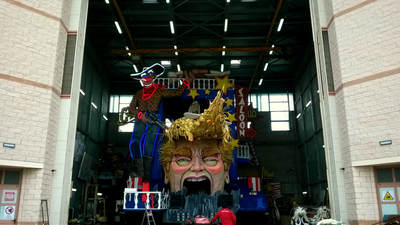 When the Carnivale di Viareggio began, there was a modest parade of festively decorated carriages in the heart of the old beach side resort town. The carnival's roots go back to 1873 when the bourgious of the town were protesting high taxes. They decorated carriages in a mocking fashion to poke fun of politicians in power. At the beginning of the 20th century, the parade moved to the wide Promenade where its popularity as well as the festive floats continued to grow, until today the displays are gigantic in size--some over 60 feet tall! In 1954 the infant RAI TV broadcast the first ever live scenes of the carnival and in 1958 the event was covered throughout Europe on the Eurovision network. Due to their popularity and the floats growing dimensions, huge aircraft style hangers were built to store and construct them on Via Marco Polo. The Carnival in days past 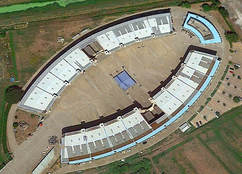 In 2001 the new, 800 foot long, elliptically shaped Cittadella del Carnevale was opened, an extraordinary architectural complex entirely dedicated to the creation and preservation of the Carnival of Viareggio. It's "Hangers" (still the term used) are immense, and while each bay's door is about 45 feet tall, the finished floats can be even taller--up to 60 feet--with their top parts being added by dedicated cranes after they are rolled out of their hangers. Today the Viareggio Carnival claims to be the largest Italian folk event with a budget of € 5 million per year. The "Hanger" itself is also used for concerts and other public events throughout the summer. 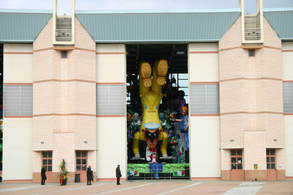 Every year during the Mardi Gras season, the Carnival of Viareggio is live on national television (RAI 3) bringing its color, pageantry and humor to millions. Many famous celebrities, sports figures and even politicians come to Viareggio to admire their cartapesta (papier mâché) effigies, some poking polite fun, others with more blatant political or social commentary. The Carnival lasts for an entire month's worth of both daytime and nighttime festivities with parades of allegorical floats, local parties, masked balls and festivals. The sociopolitical commentary and satire is obvious (and sometimes shocking) in the design of many floats. The main ingredient of the flats are characters--animals, people, monsters and characters from the likes of Swift, Andersen, the Brothers Grimm, Disney or even from popular films and graphic novels (comic books). The floats are usually accompanied by dozens of dancers and singers, and believe it or now, these huge creations are animated! (The videos below are worth watching... Cast or Stream onto your smart TV to watch the entire parade). Viareggio is on the northern coast of Tuscany, about 12 miles north of Pisa and would be a wonderful way to spend the Mardi Gras season in Italy. Carnivale di Viareggio website. --Jerry Finzi Seventeen year old Giacinto Consiglio attends the Leonardo da Vinci high school in Bisceglie, Puglia. He designed the Florence Duomo and Baptistry entirely in Legos and will build the scale model, from the size of 60" long, 24" wide and 24" tall in the Tuscan capital on October 21 at the Opera del Duomo Museum, from 10am to 7pm .
The project will require over twenty thousand bricks of ten different colors, divided into about 400 different shapes--parts contributed by Lego enthusiasts from all around the world living in nine countries. Giacinto's work can be followed step by step by the public. From October 22 to November 9, 2017, the model will be displayed in a room of the museum for which an entrance fee will not apply. On November 11 and 12, the play cathedral and baptistery will moved to Obi Hall for the Bricks in Florence Festival. Young Giancintois supported by members of the AFOL group (Adult Fans of Lego), TuscanyBricks enthusiasts and the Italian Lego users group. 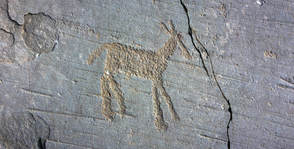 A fawn A fawn It never ceases to amaze me how interesting Italy is, and how far back its culture goes. In fact, nearly every region has its share of evidence of man in the earliest days of prehistory, such as the images carved into the bald rock face at the Parco Nazionale delle Incisioni Rupestri (Incised Rocks National Park) in the alpine Valle Camonica, Lombardy. There you will find prehistoric images of hunters and their game, warriors, a primitive chariot, grass huts and other neolithic symbols. Valle Camonica was settled by primitive tribes 15,000 years ago, at the end of last Ice Age, after the melting glacier first carved out the valley. It is likely that the first humans visited the valley in epipaleolithic times, and appear to have settled by the Neolithic period. When the Ancient Romans extended their dominions north of the River Po, they encountered a people called the Camunni, of unknown origin, populating the valley. About 300,000 petroglyphs survive from this period. 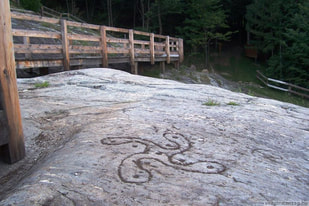 This was the first Italian archaeological park focusing on the carvings in Valle Camonica, opened in 1955, and is the primary site in a network of similar rock art parks that has grown up since the 1970s in the area. It contains 104 engraved rocks at an altitude of about 1200 feet. The engravings are seen on exposed outcrops of purple-grey colored Permian sandstone (Verrucano Lombardo), smoothed and shaped by ancient glaciers. After the glaciers finished their work polishing and exposing the mountaintop, the prehistoric inhabitants who live in the valley, ions before Christ walked the Earth, took over and decorated them with both illustrative and symbolic images, showing their connection to both the natural and spiritual worlds. 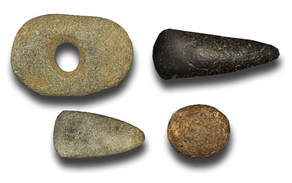 Neolithic Hammerstones Neolithic Hammerstones Interestingly, most of the engravings were made by striking the rock surface with a hammer-stone, chipping small pieces out as they carved images into the stone's surface. There are also a smaller number of images made by scraping techniques. Most of the Naquane engravings date from the Neolithic (5th millennium BC) to the Iron Age (1st millennium BC). The phenomenon was particularly common during the latter period, when the valley was inhabited by the Camunni, although historical-era engravings, Roman and modern, are also present. The road leading to the park passes by additional rock carving sites of Dos de l’Arca and Le Sante, finds from which may be seen in the Capo di Ponte museum (MUPRE). As illustrated in the photos below, I'm amazed at how accurate some of the drawings are when compared to their real world counterparts... Parco di Seradina-Bedolina The Municipal Archaeological Park of Seradina-Bedolina was set up in 2005 and, located on the right bank of the river Oglio, collects inside its rocks primarily engraved with the Bronze Age (2000 BC) and the Iron Age (1000 BC ). Il Parco Archeologico Nazionale dei Massi di Cemmo In the small valley of Pian delle Greppe, not far from the hamlet of Capo di Ponte, rises the National Archaeological Park of the Cassie Massi, an archaeological area of great importance in the history of the studios of Camuna peoples rock art. There are hundreds of carvings in this park, some dated back to the ninth millennium BC. Parco di Interesse Sovracomunale del Lago Moro Luine e Monticolo The archaeological site of Luine boasts purple colored stone outcrops with engravings dating to the Mesolithic period, along with stone huts and dry stone structures used by one or more prehistoric communities to conduct collective ceremonies. Il Parco Archeologico di Asinino-Anvòia The Asinino-Anvòia Archaeological Park is located in the heart of the Ossimo-Borno plateau. The site is characterized by standing stone alignments from the Copper Age (3rd Milennium BC). Riserva Naturale Incisioni Rupestri di Ceto, Cimbergo e Paspardo The Reserve is the largest protected archaeological area of Camonica Valley, extending over 750 acres spanning the three municipalities of Ceto (with Nadro village), Cimbergo and Paspardo. The engraved rocks, some as old as the 5th millennium BC, are nestled in a natural mid-mountainous environment alternating at places with man-made structures. You can spend hours to days exploring this area. --Jerry Finzi
|
Categories
All
Archives
May 2023
|

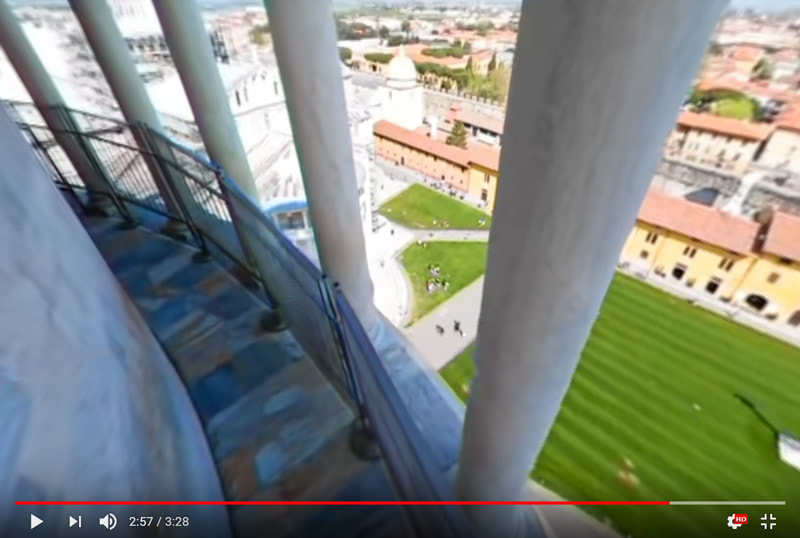
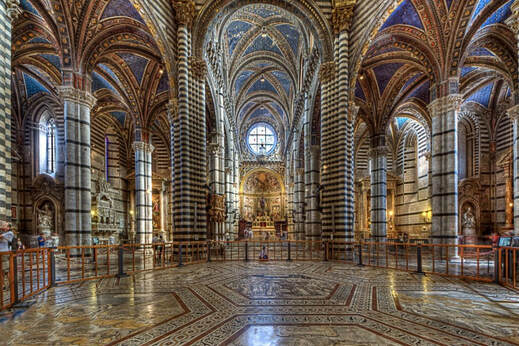
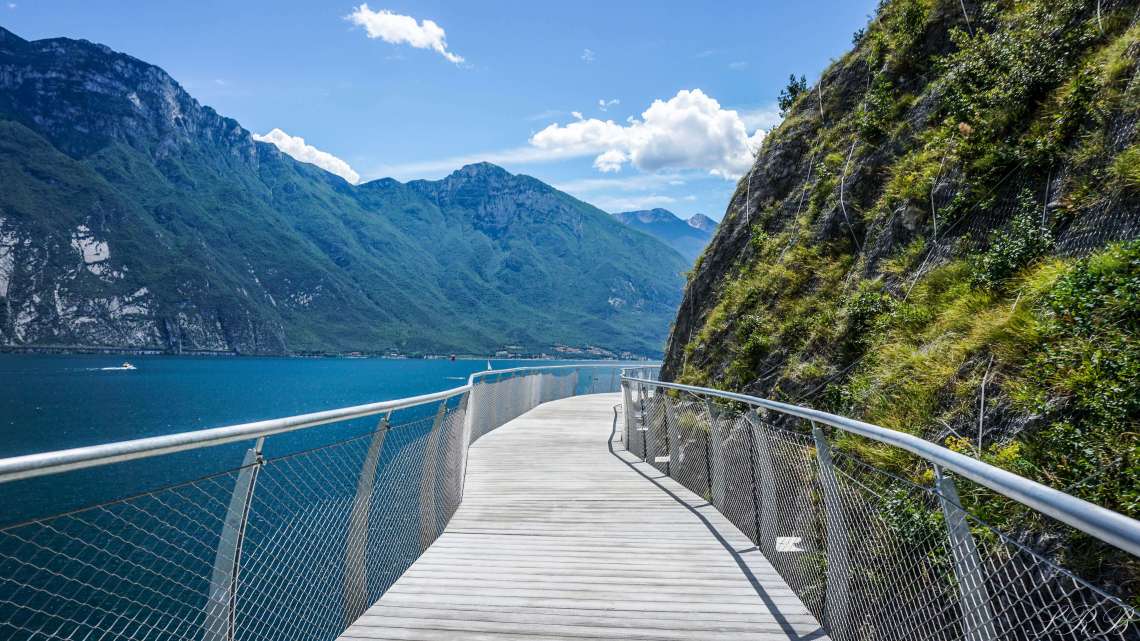
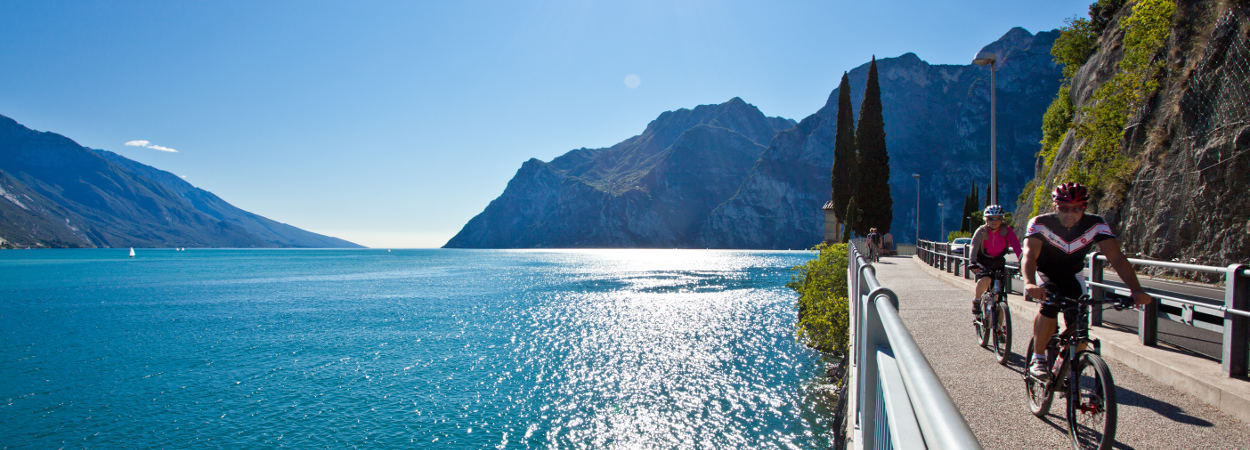
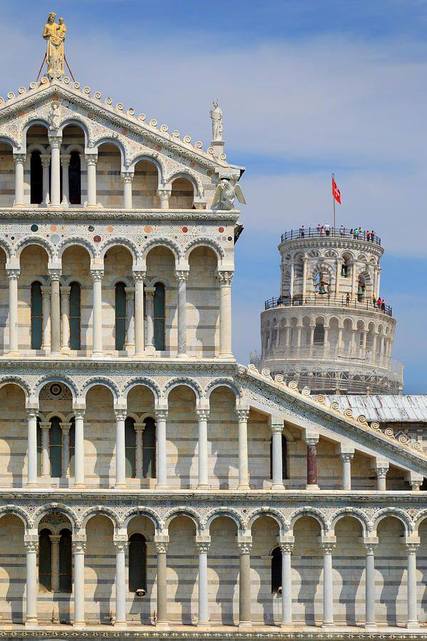
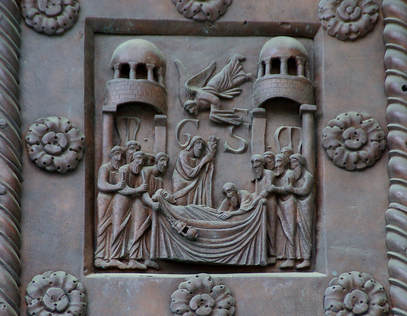

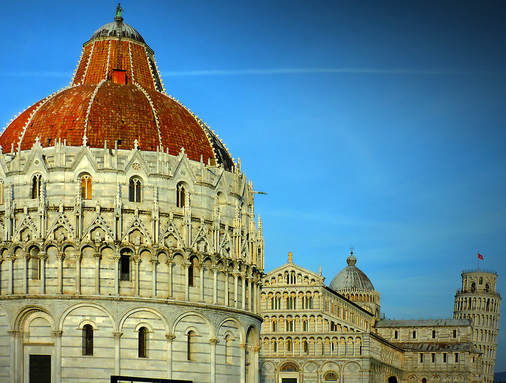
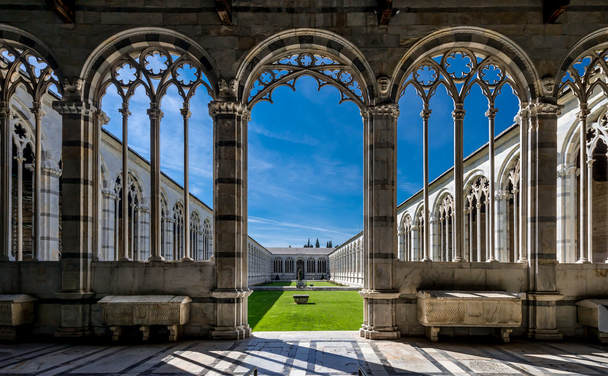



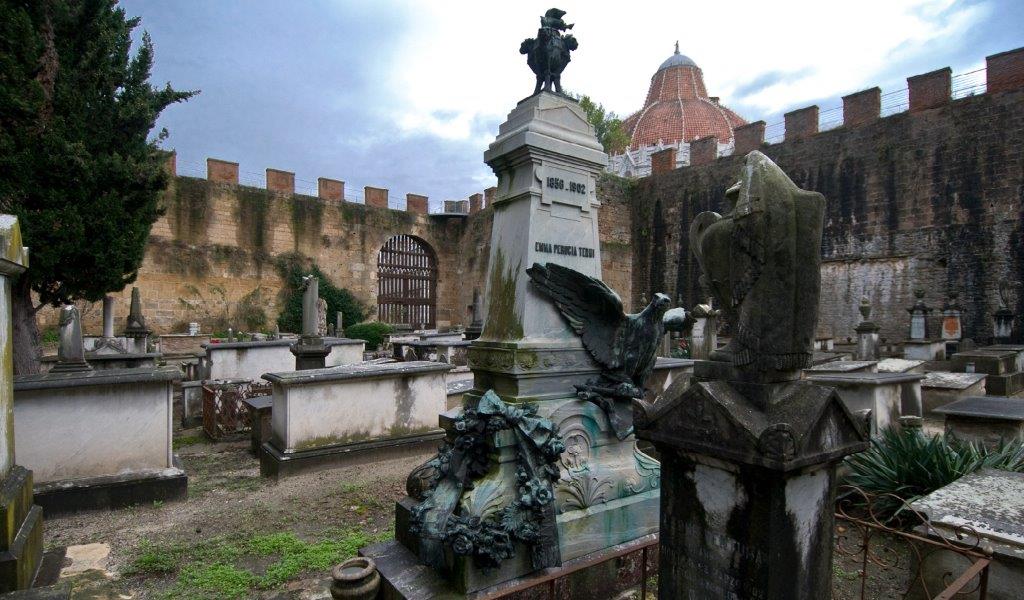
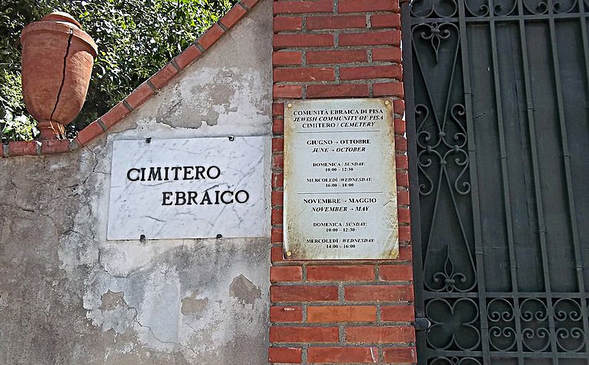

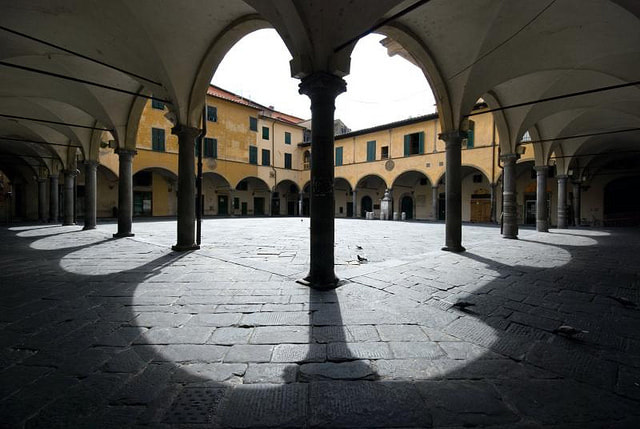
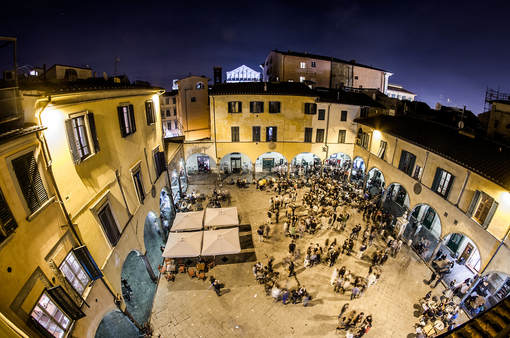
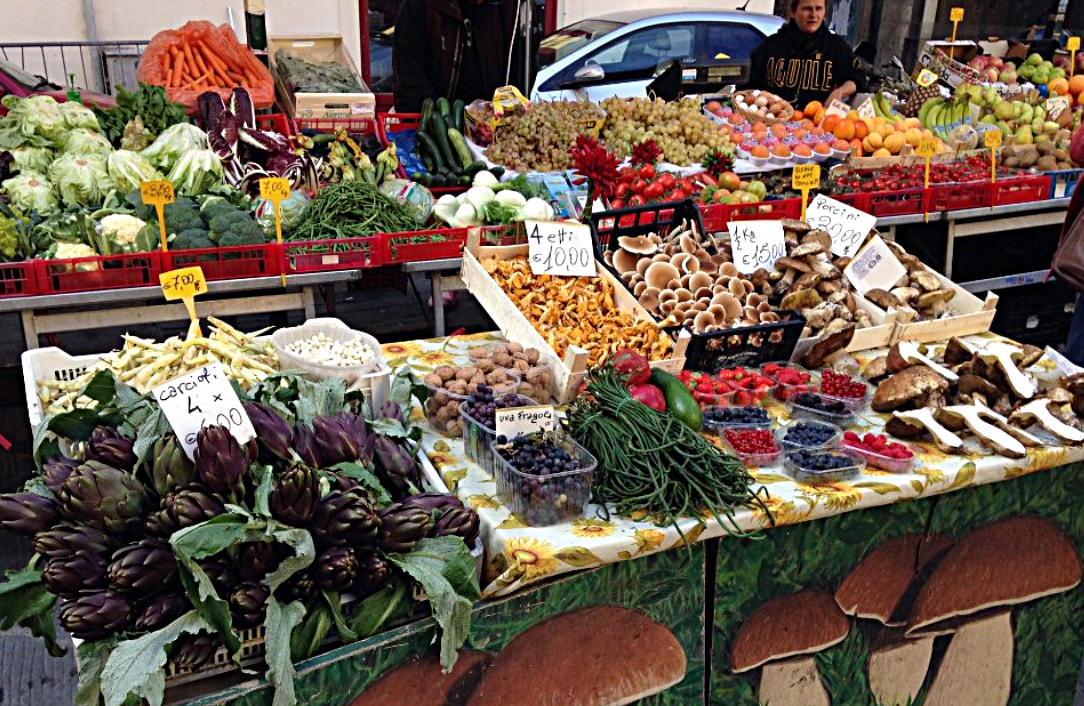

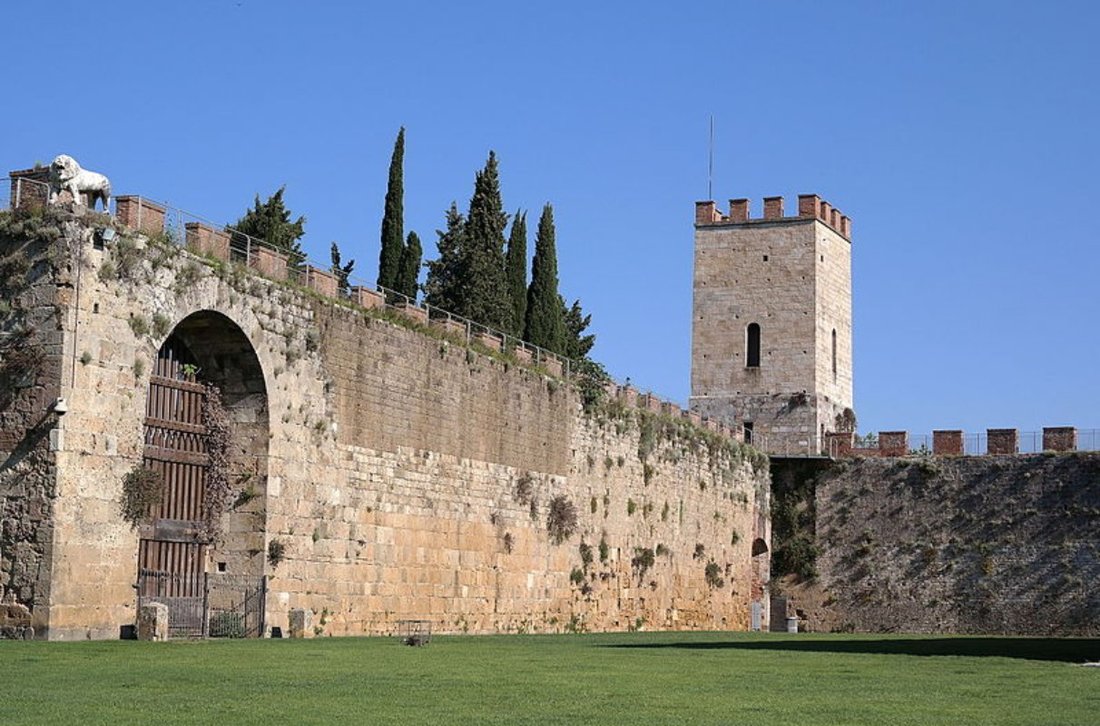
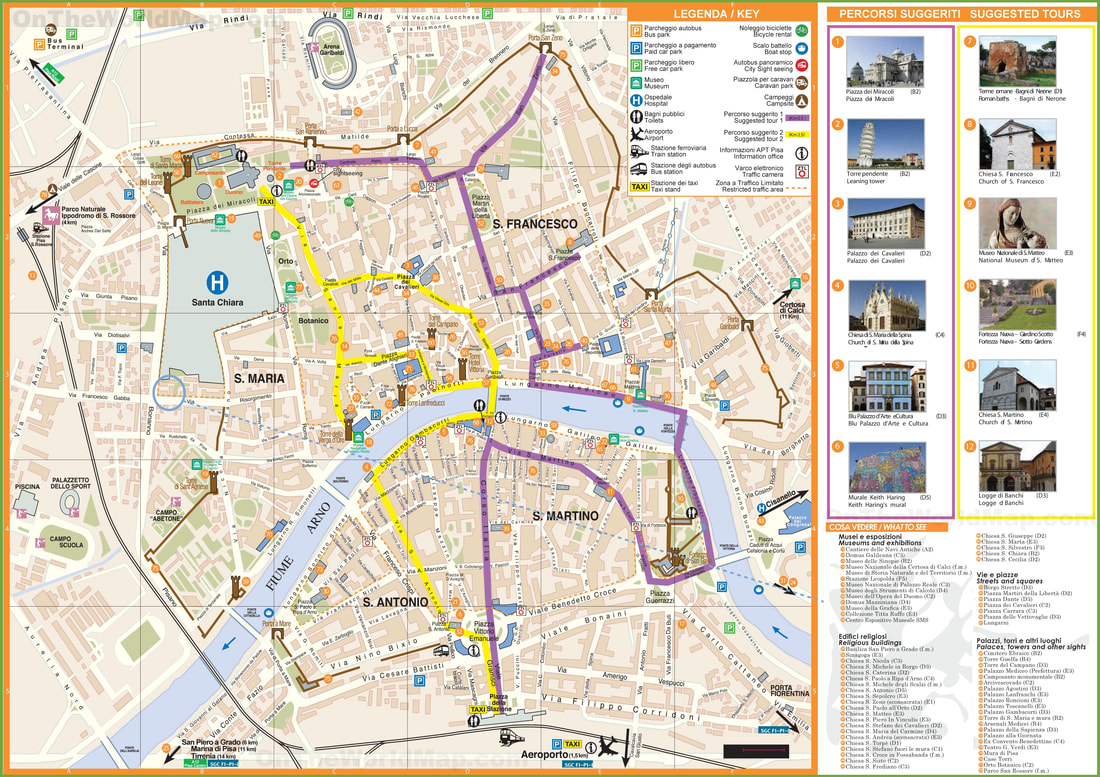
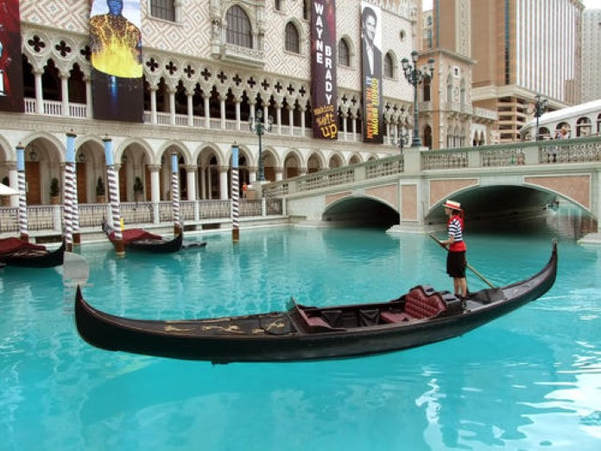
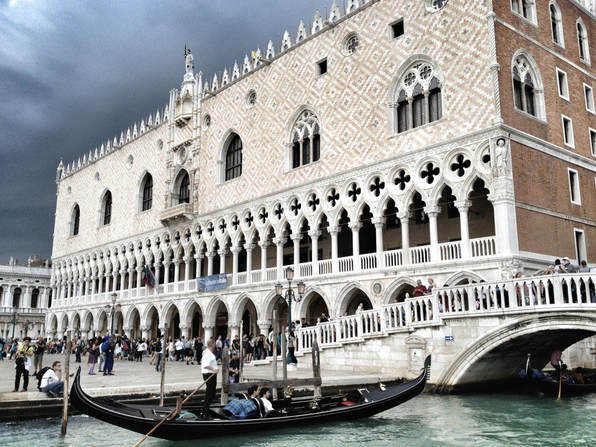
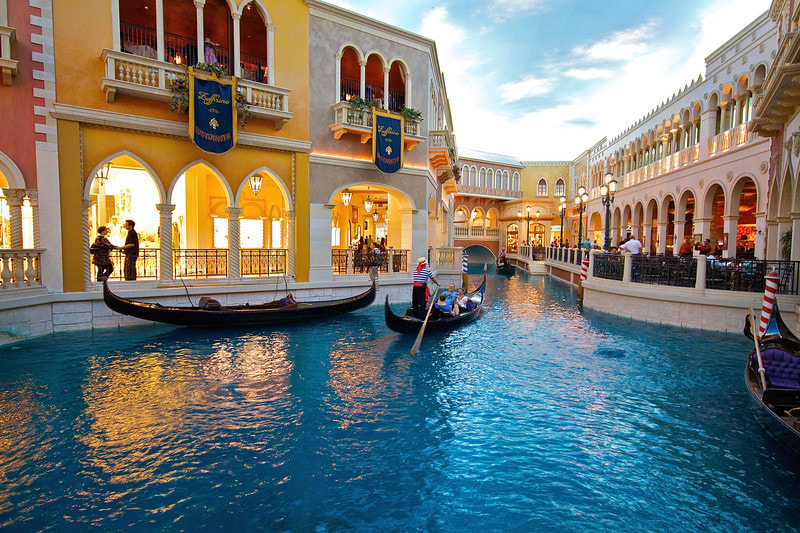
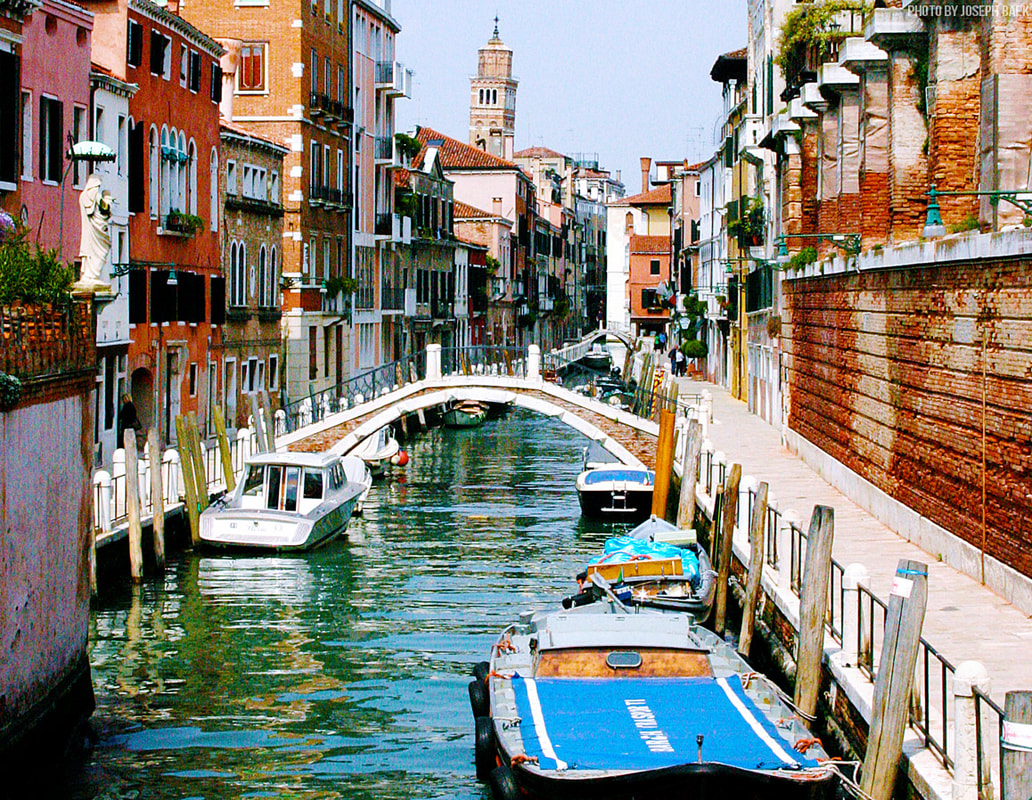
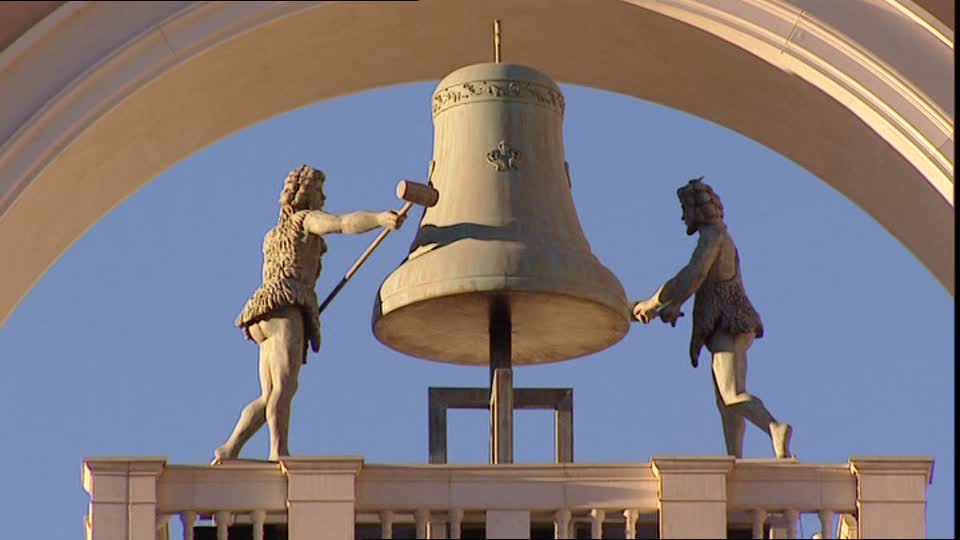
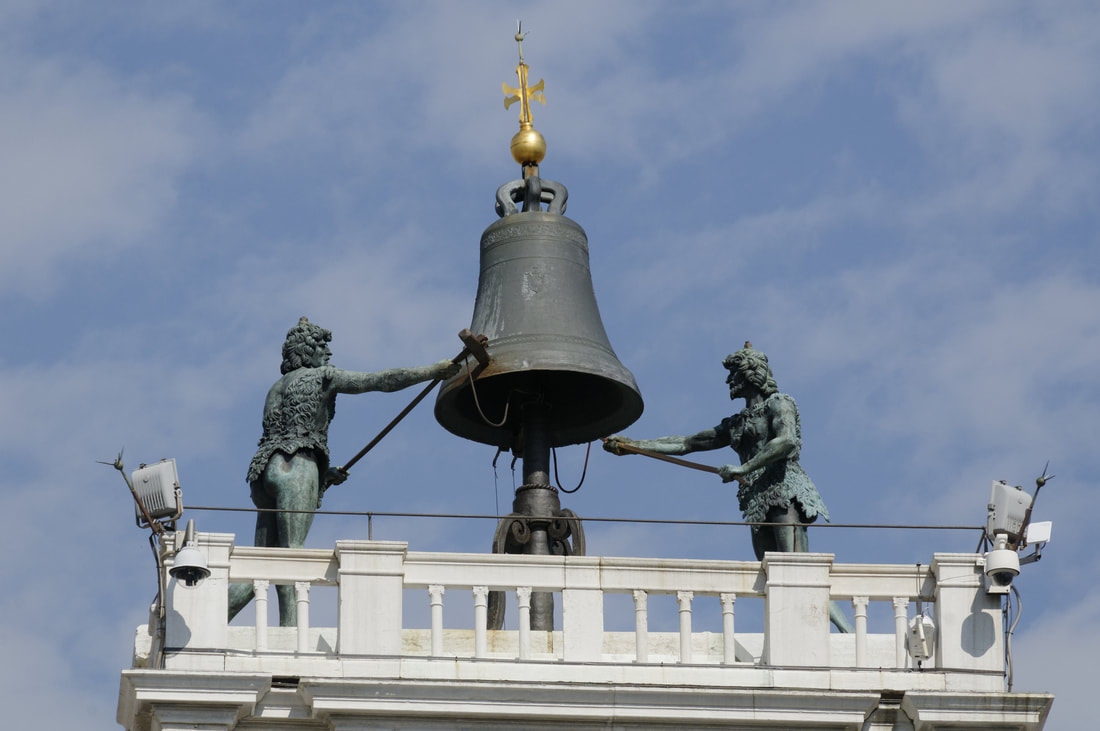
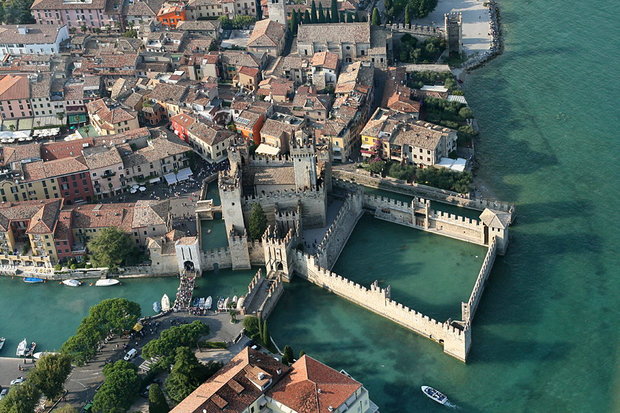
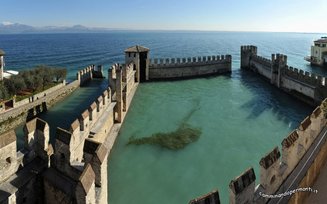
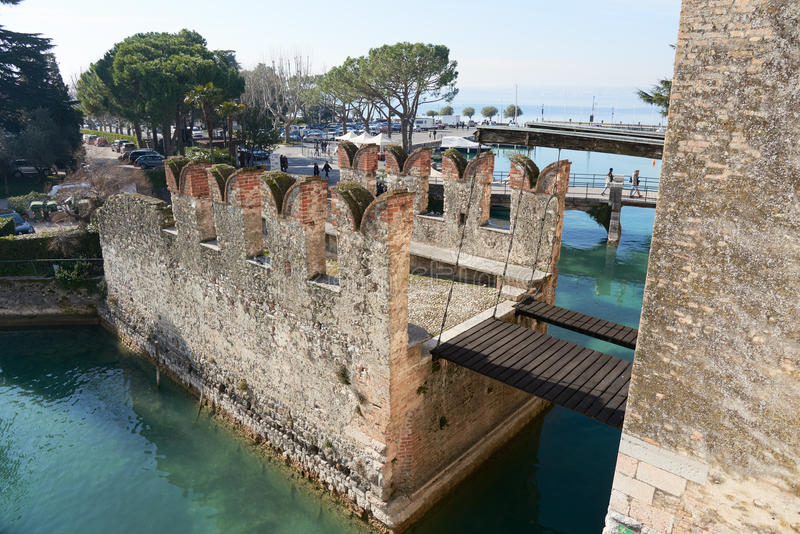
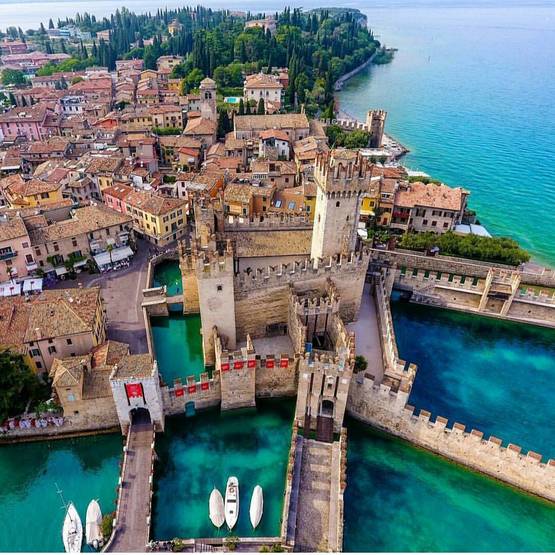
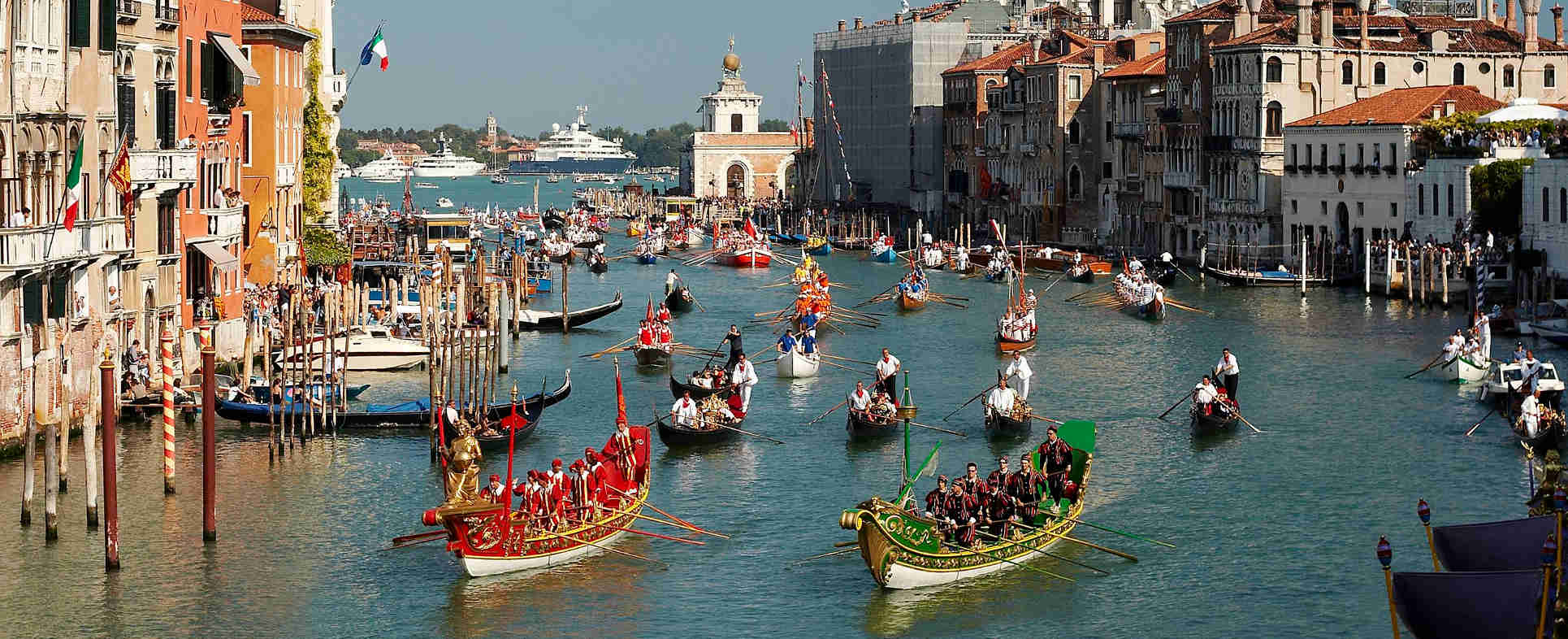

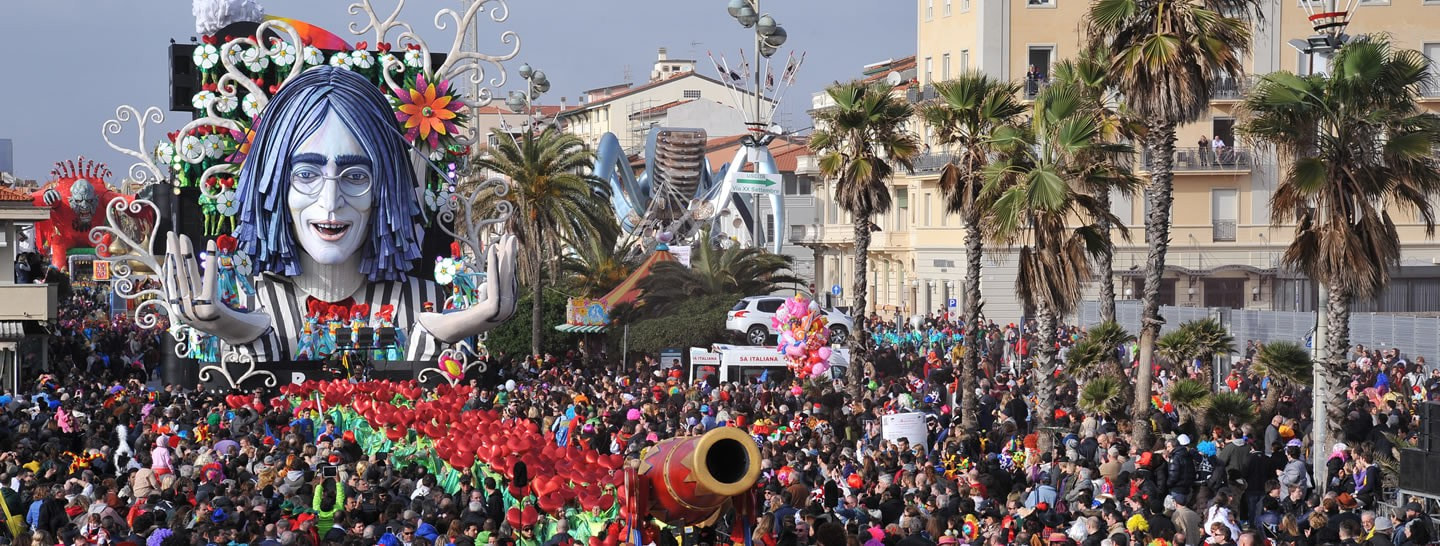
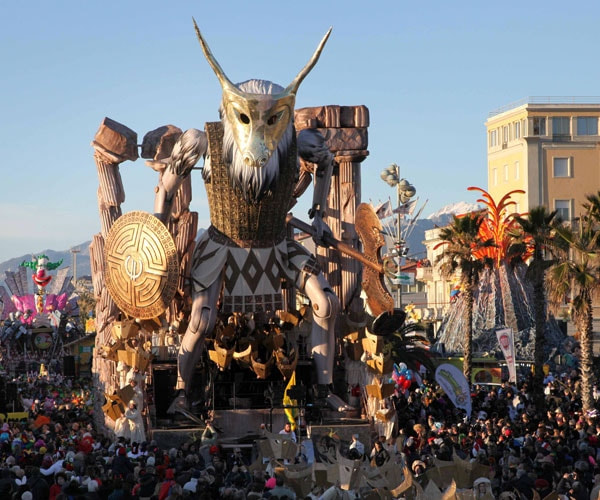
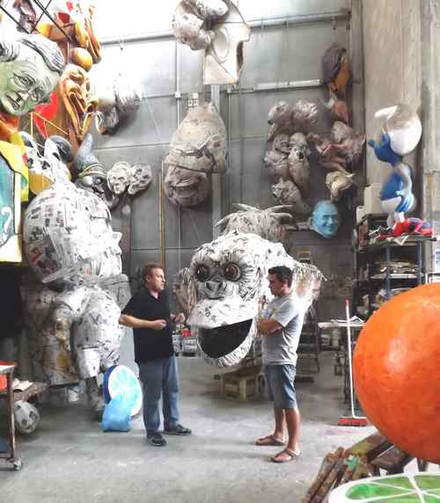
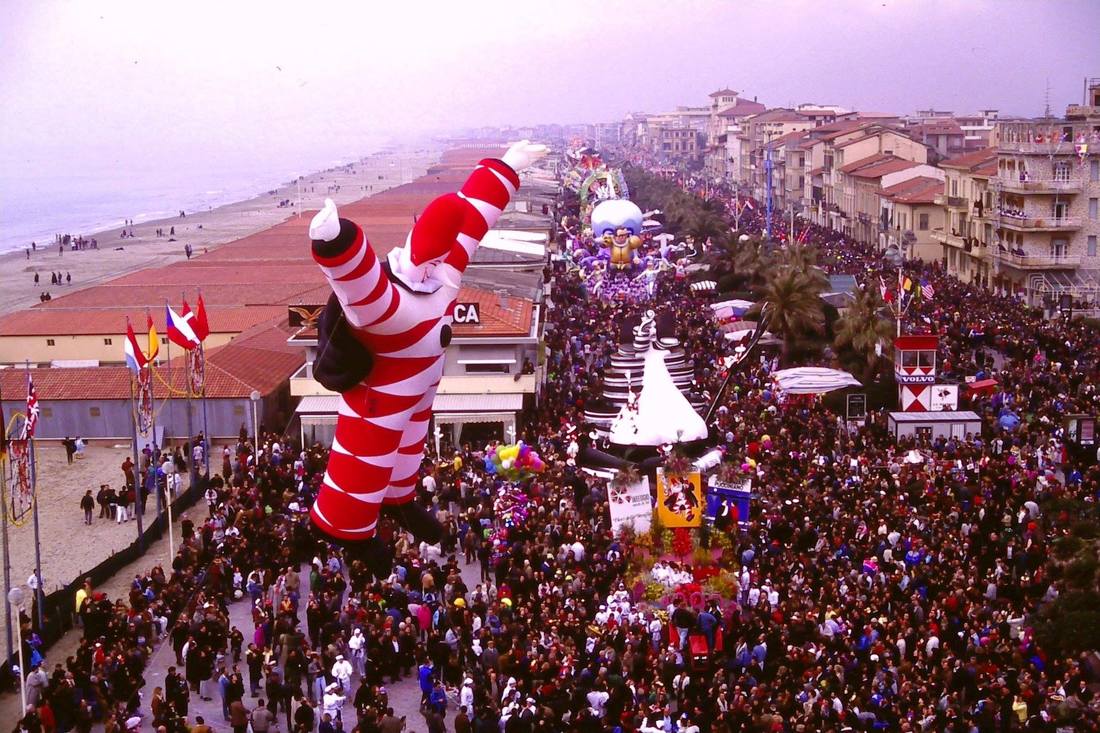
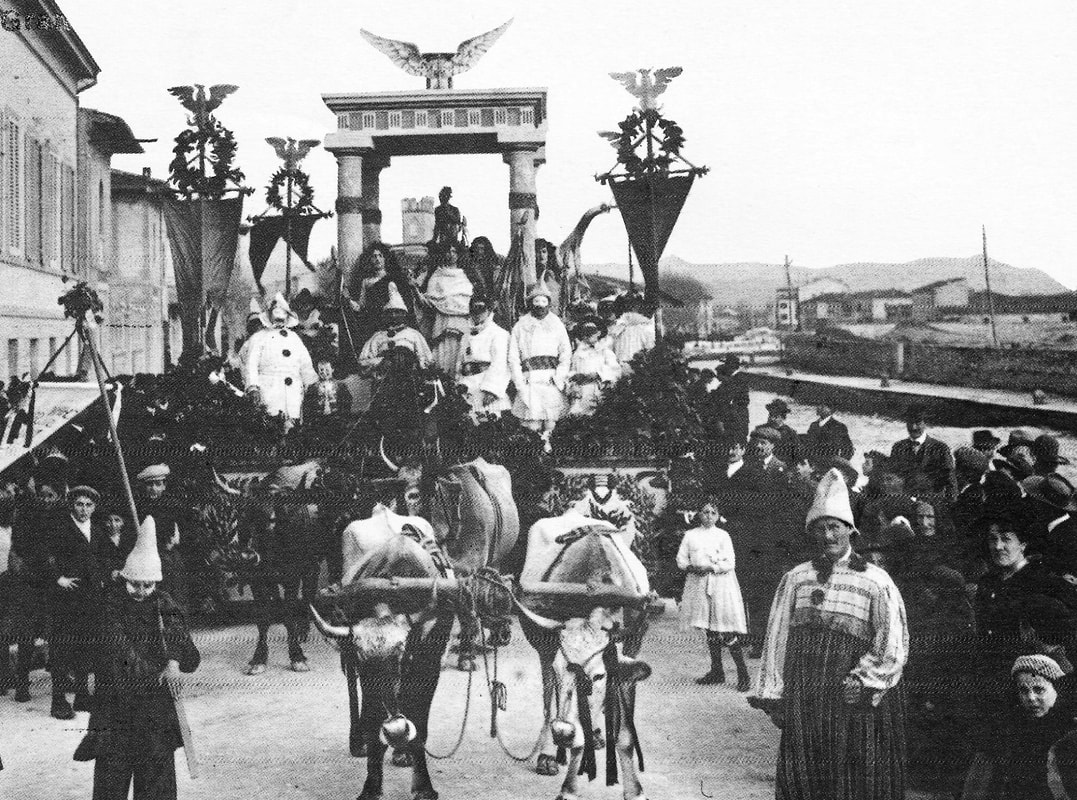
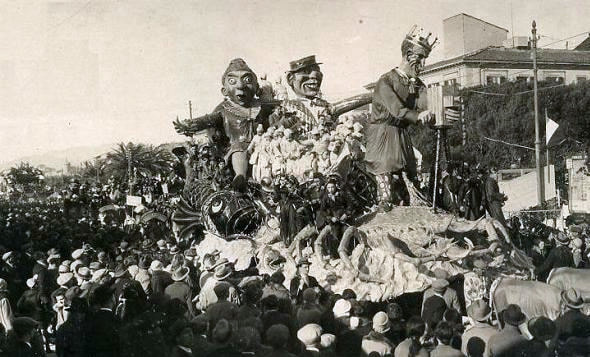
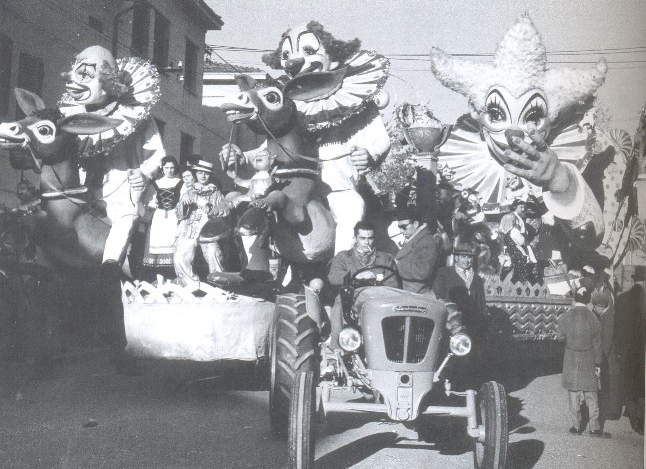
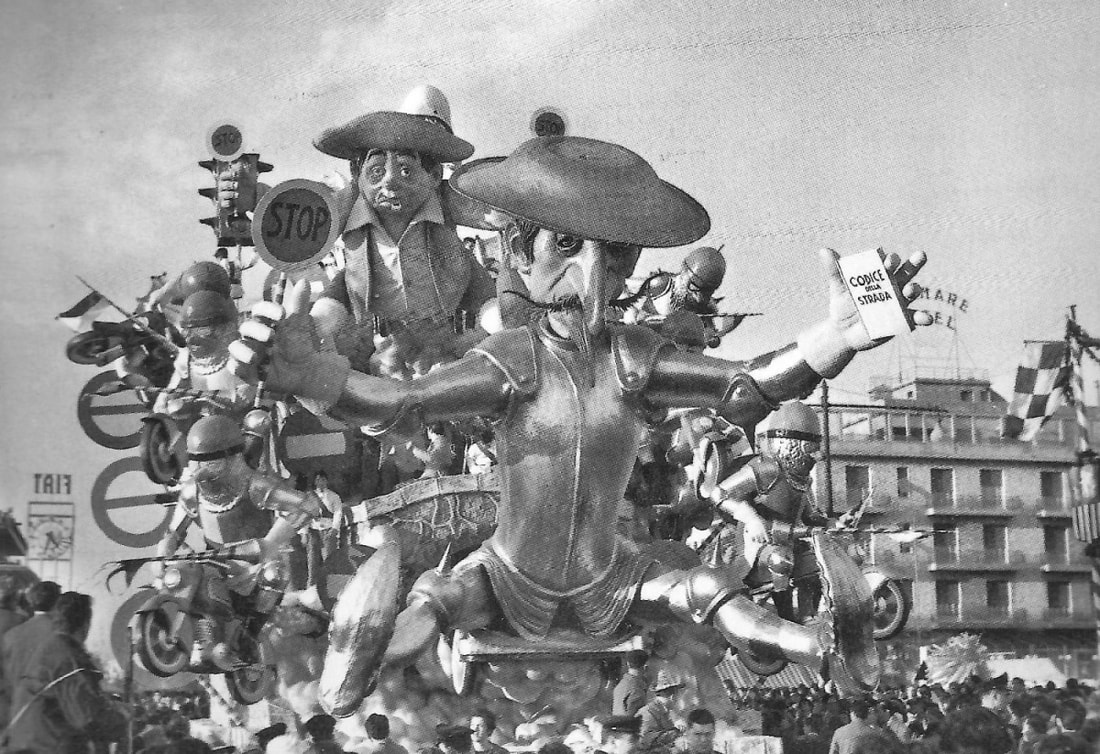
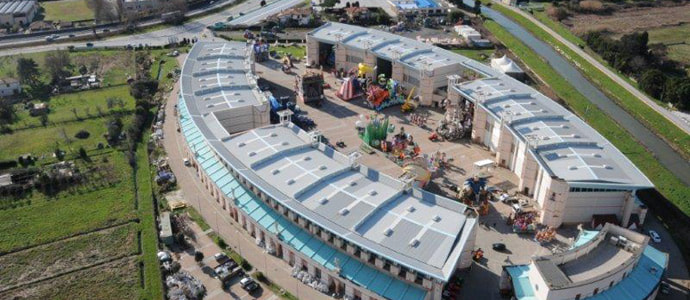

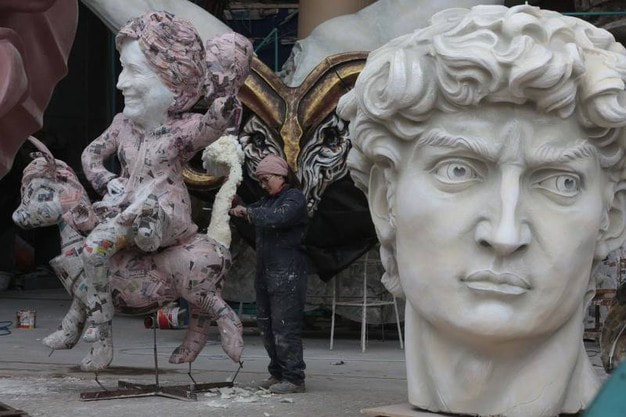
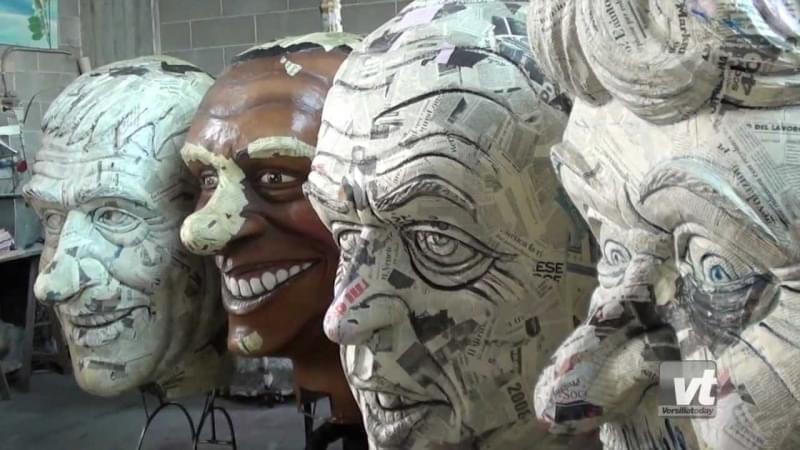
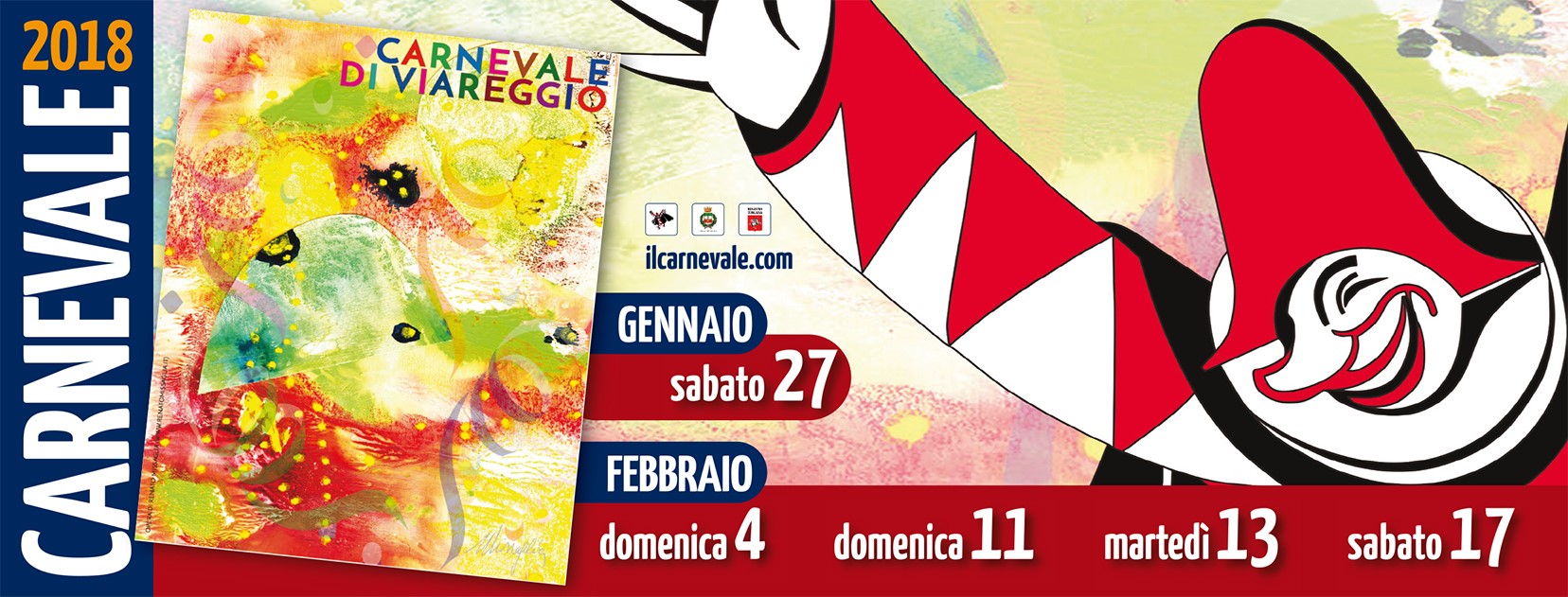

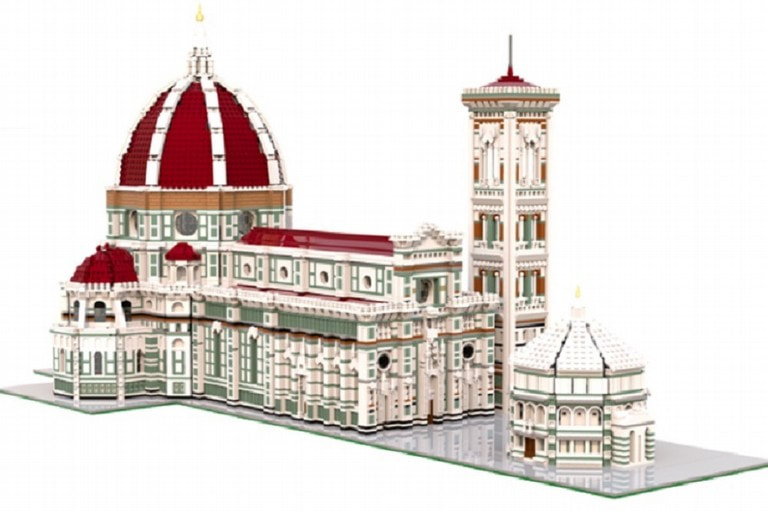
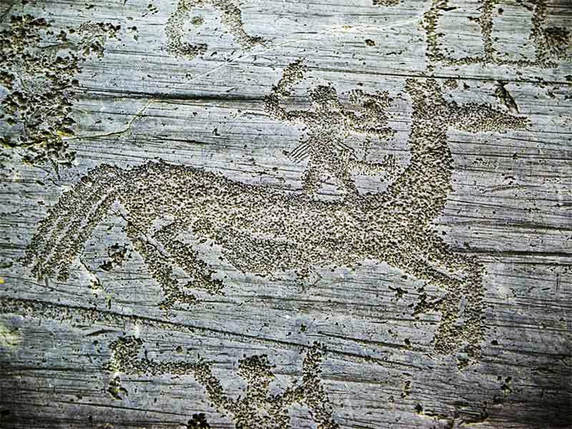
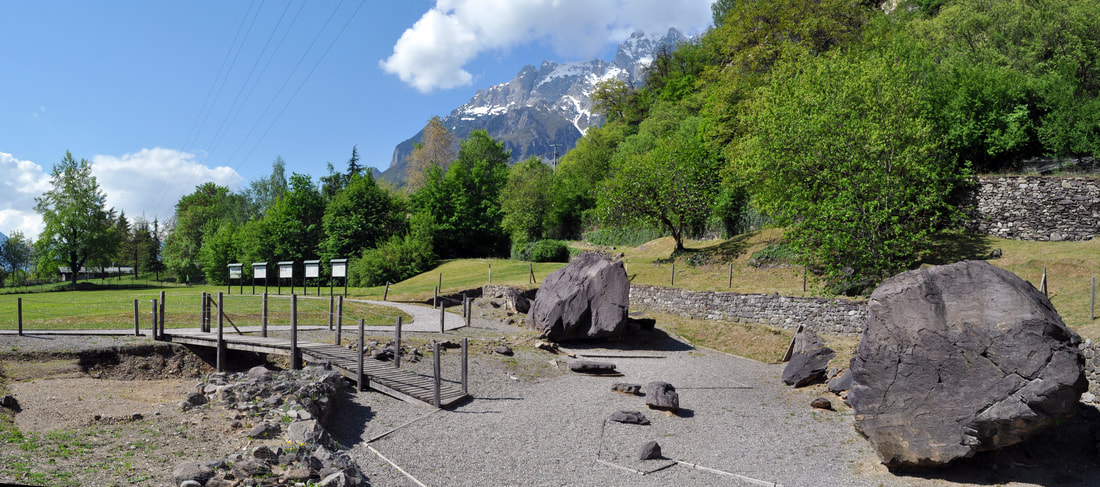
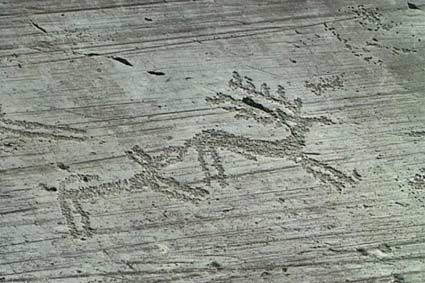
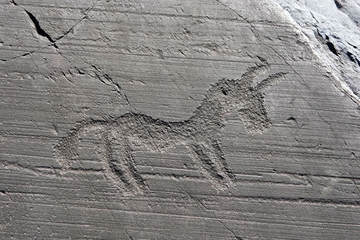
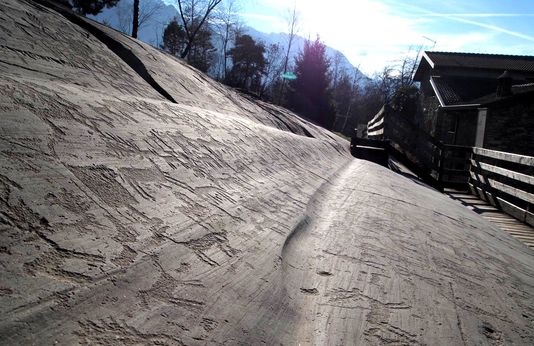
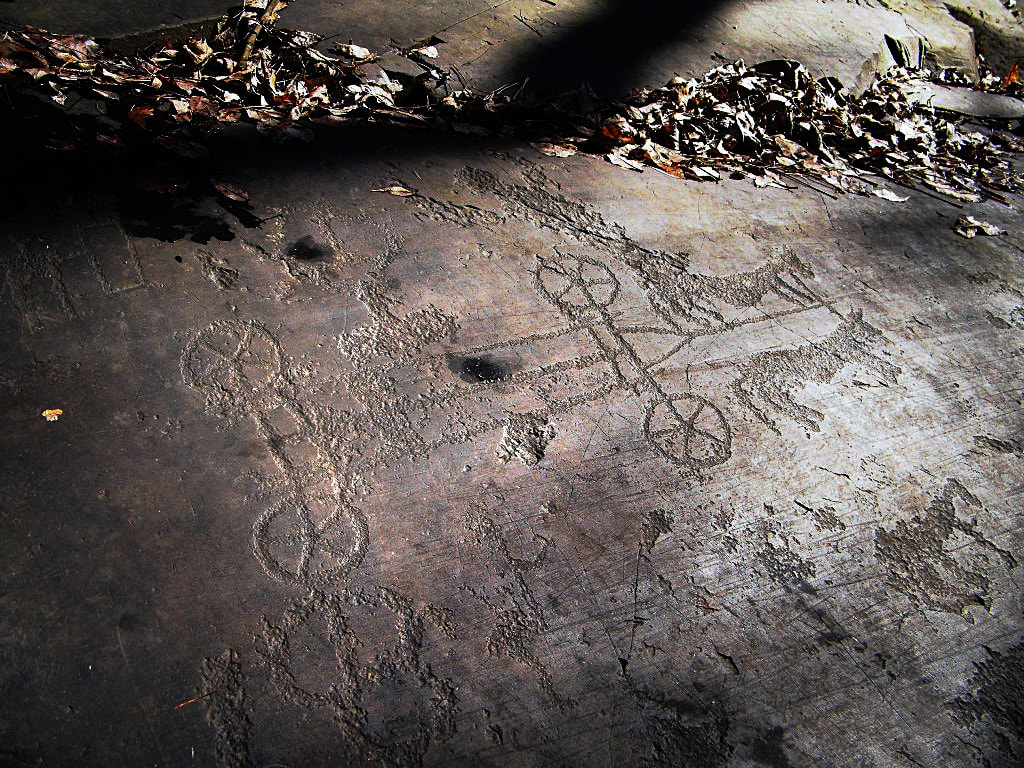
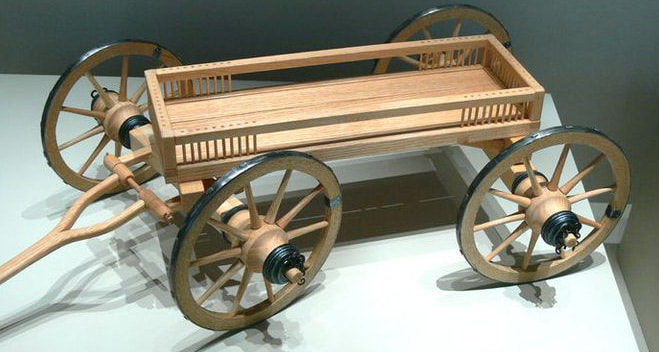
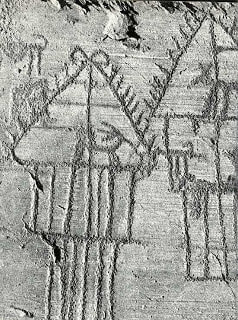
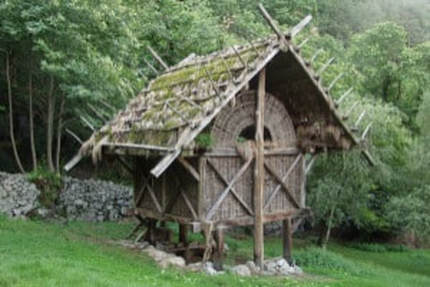
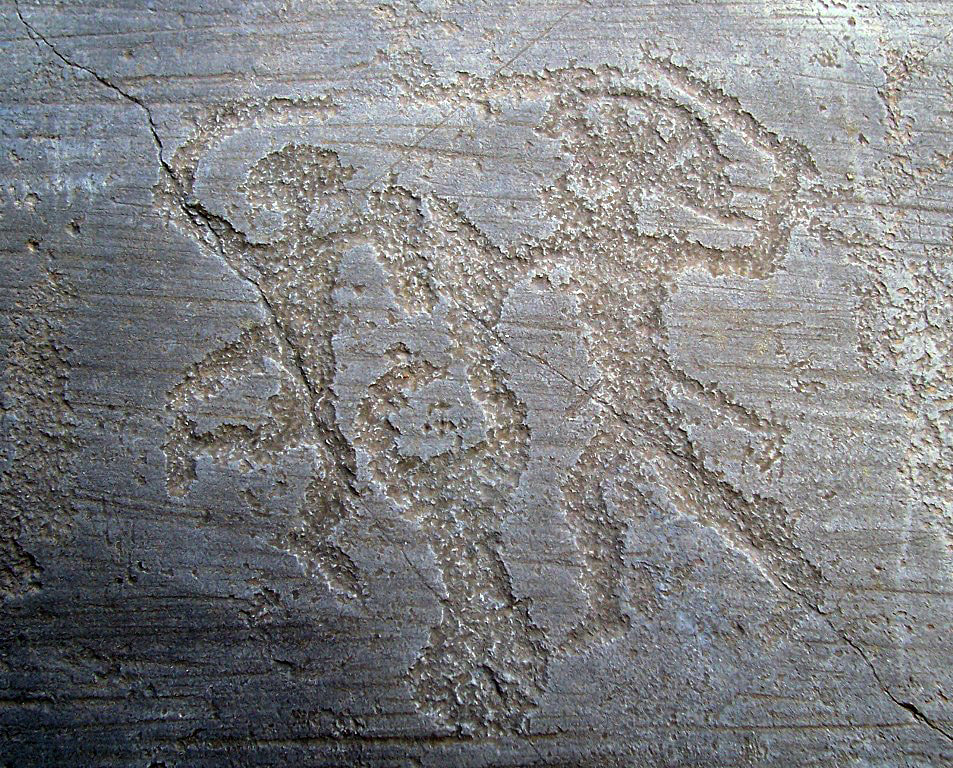
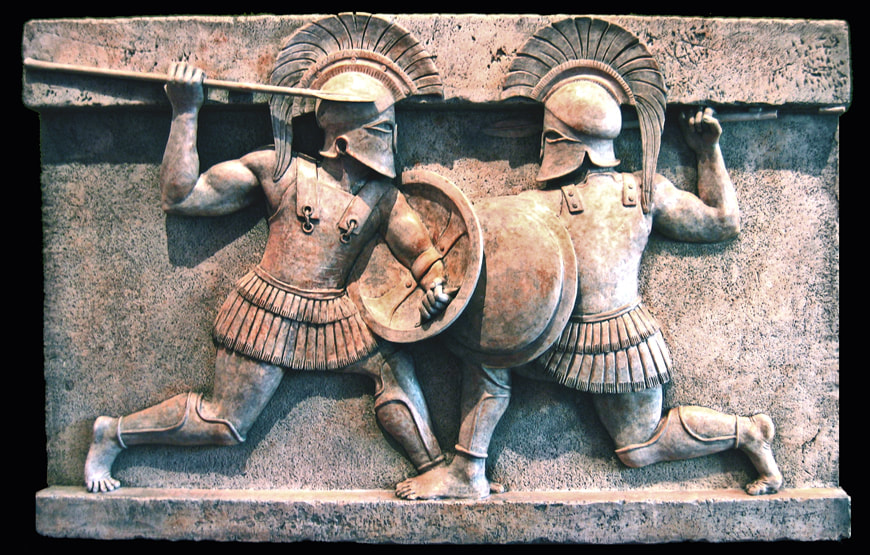

 RSS Feed
RSS Feed
